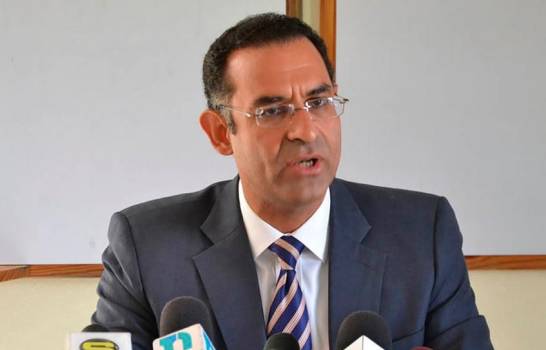
Economist Jaime Aristy Escuder has weighed in on the economic fallout from the Trump administration’s policies, urging caution in the Dominican Republic’s monetary policy management, in an opinion piece in Diario Libre. He writes about how the uncertainty generated by Trump’s tariff policy and constant economic changes in government is a key concern. Even though the passing of tariffs into consumer prices hasn’t been significant yet, analysts such as Aristy Castro have been voicing serious worries.
Aristy Castro writes that the international environment, particularly the restrictions imposed by global economic shifts, has impacted the Dominican Republic’s economic growth rate. At the start of the year, the International Monetary Fund (IMF), the Dominican government, and the Central Bank had all projected the country’s Gross Domestic Product (GDP) would rise by 4.5%.
However, the turbulence from the tariff changes and the US Federal Reserve’s restrictive stance on its benchmark interest rate have imposed major limitations on the Dominican economy. Following several downward corrections, the IMF and Dominican authorities now project that this year’s GDP increase will be around 3%.
To achieve that 3% figure, Aristy Castro points out that the Monthly Indicator of Economic Activity (IMAE) would need to post an average year-on-year increase of 3.7% between August and December 2025. He points out that given the activity seen in August and September, the probability of reaching that level of economic acceleration is near zero. This remains true even if the government allocates resources to boost public investment in the coming months or if the Central Bank approves a 25 basis point reduction in its benchmark interest rate this week.
Furthermore, Aristy Castro mentions that if the Central Bank decides to inject new liquidity, similar to the measure approved on 16 June 2025, the exchange rate would likely rise sharply again. Simultaneously, the monthly inflation rate would continue to climb, replicating the trend seen between June and August, which registered an annualized rate of 5.3%.
Aristy Castro says that a rigorous analysis of the main productive sectors —construction, commerce, manufacturing, and tourism— indicates that none of them will be able to contribute enough to significantly accelerate the GDP growth rate in the year’s fourth quarter.
As a result, he forecasts that in 2025, the Dominican Republic’s GDP will increase by around 2.5%, which is half of its potential. This would serve as a clear, illustrative example of the effects caused by the external constraints placed on the Dominican Republic’s economic growth.
Read more in Spanish:
Diario Libre
30 September 2025

